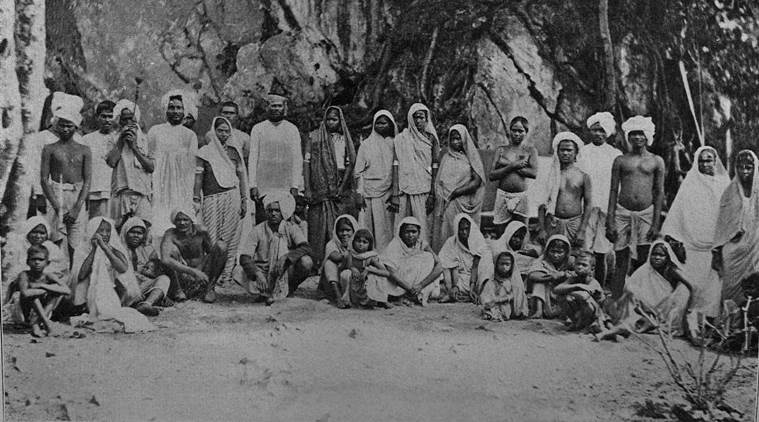Written by Neha Banka |Edited by Explained Desk |Kolkata |Updated: September 2, 2019 3:40:01 pm
International Day for Remembrance of the Slave Trade and Abolition: how it tells stories of Indian indentured labourers
Indentured servitude from India started in 1834 and lasted up till 1922, despite having been officially banned in 1917 by British India’s Imperial Legislative Council after pressure from freedom fighters like Mahatma Gandhi.

The migration of indentured labour—bonded labour—is a lesser known part of the history of slavery and that of Indian migration. In 1998, UNESCO designated August 23 as the International Day for Remembrance of the Slave Trade & Abolition to commemorate “the tragedy of the slave trade in the memory of all peoples”. UNESCO also established an international, intercultural project called ‘The Slave Route’ to document and conduct an “analysis of the interactions to which it has given rise between Africa, Europe, the Americas and the Caribbean.”






















No hay comentarios:
Publicar un comentario